Joe Morgan is a British freelance photographer, brand strategist and world traveller. An internationally-published artist, he has worked with renowned clients, such as Levi’s, Caterpillar, Diageo, Team GB and the Olympic Games. As a passionate world traveller, Joe’s journeys have taken him all the way from the United States to Kenya, South Africa, India, Malaysia and South East Asia.
Besides his work in travel and sports, Joe focuses on capturing stunning portraits of animals in the wild. His projects in wildlife photography and conservation emulate emotional scenes and intimate encounters with a variety of creatures.
Joe’s involvement in nature conservation has allowed him to work with organizations on a global scale. His recent projects encompass collaborations with the East African Whale Shark Trust and Charles Darwin Foundation. Discover more about Joe’s wildlife photography and conservation projects in our Q&A below.
Tell us a little bit about yourself and how you started in wildlife photography and conservation.
My name is Joe. I am originally from the English countryside, but currently live in sunny San Francisco. There, I work for a digital marketing agency helping global brands on their marketing strategy.
A big chunk of my photography life was actually in the sports space. During this time, I photographed everything from the Olympic Games to various International Horse Trials. I used to work for Team GB as their Digital Marketing Manager and owned/ran a Horse Magazine, so sports was my life.
Between 2014-2018, I took a break from photography, but then as I spent more of my time out in the wild, hiking mountains and enjoying nature, my love for photography came back.
Having grown up watching anything David Attenborough created, I was infatuated by nature and it has since become my favourite subject to capture.
Why wildlife photography?
I always joke that wildlife is so much easier to work with than humans! I wish that was true. They are actually extremely hard to work with due to the very nature of being wild. That’s why I love it so much. It’s the unpredictability of it all, not knowing what you are going to see or capture from one day to the next. And then capturing a moment that you have had the pleasure to experience, which I can then share with others.
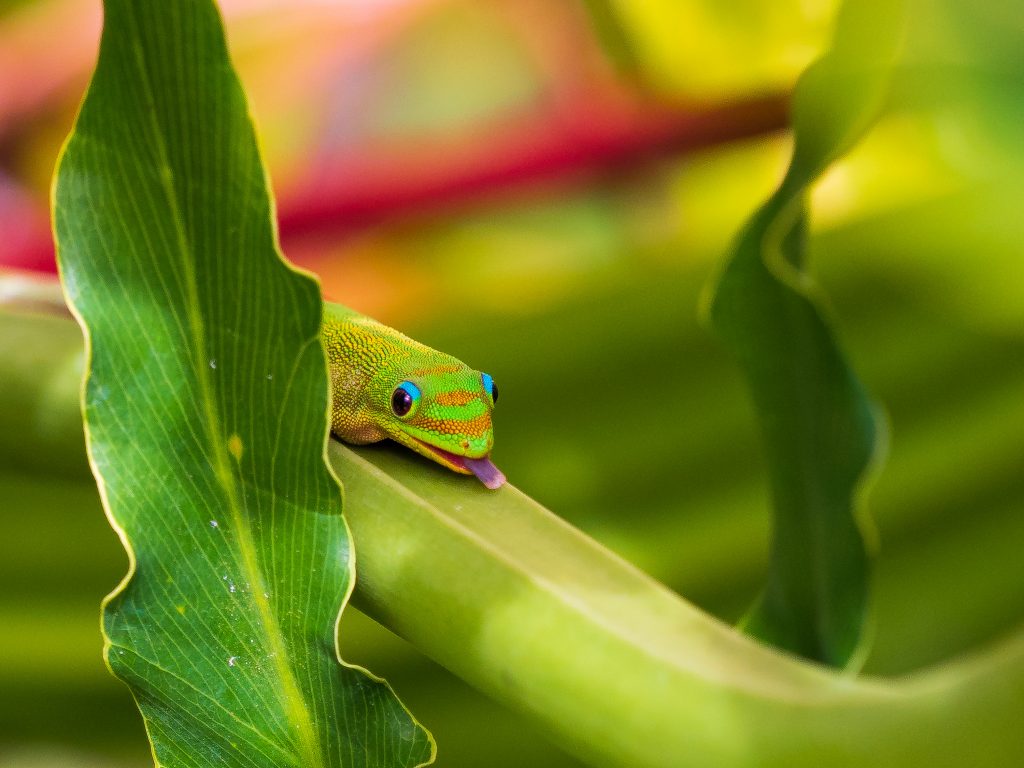
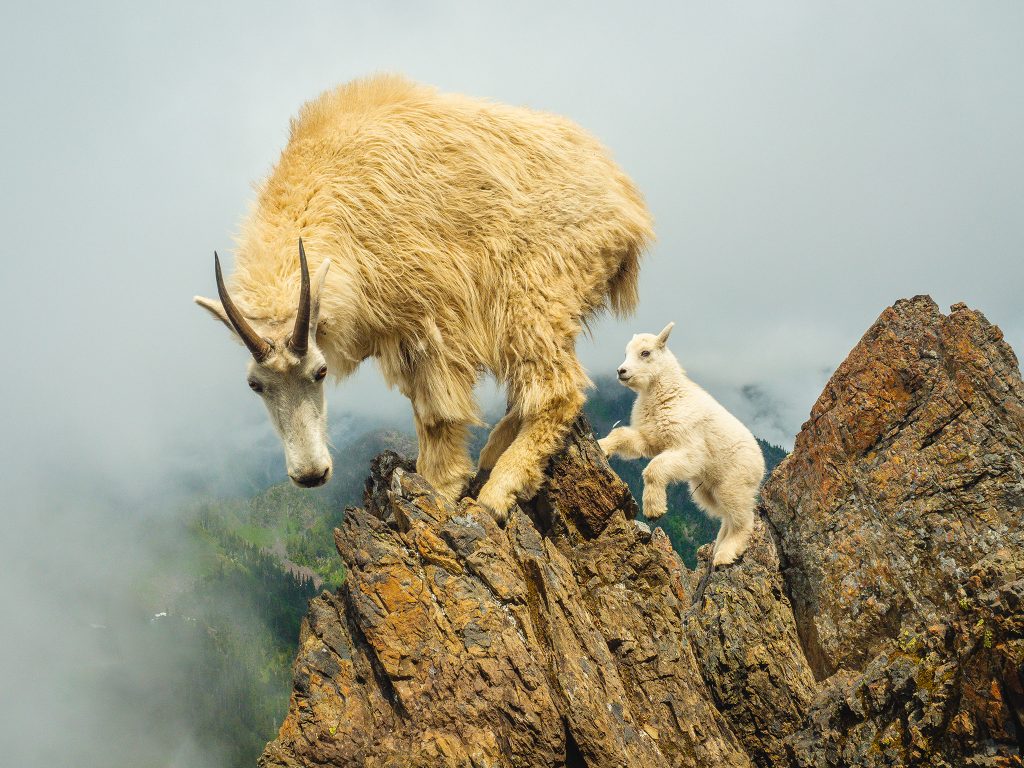
All displayed photographs are courtesy of Joe Morgan – www.mrjoemorgan.com
What equipment do you use/recommend for wildlife photography?
I started my photography journey in the sports space, whilst working for Team GB and photographing the Olympic Games. Back then, my gear of choice was Canon with a Full Frame DSLR paired with their L lenses. Whilst they are incredible pieces of equipment, the gear was expensive, heavy and took up a lot of room.
After my 4 year hiatus from photography (where I sold all my gear), my photography interests shifted to travel and nature. This created a need for a smaller system. I was lucky that Panasonic supported me during my Olympic days. They gifted me with a lot of their top Lumix photography gear, so that gave me a real taste of the Micro 4/3 system.
Back in 2018, I invested fully into the Micro 4/3 system. I chose Olympus due to their performance reputation in the wildlife space, and rekindled my love for photography.
Personally, I think for the price and size/weight, you cannot beat the Olympus micro 4/3 system. The quality of the Olympus system is outstanding and produces incredible results across the board. The only downside is its low light performance vs FF systems, however it does have the best Image Stabilisation in the industry so that helps make up for it. Plus, I can have a 600mm f4 (35mm eqv) lens that is the size of my forearm and is 3/4 times cheaper than the FF equivalent. That ticks all my boxes.
Yet, one of the most important pieces of kit is my bag. Whilst it’s much lighter than it used to be, I still carry a lot of equipment with me on my trips and hiking long distances up mountains. So, having a bag that is comfortable, weather-sealed and carries my gear is so important. Otherwise, you just become miserable!
I’ve used Lowepro bags for most of my photography life. I’ve always found they offer exactly what I look for in bag based on equipment size, use, price, and style. And earlier this year, I was lucky enough for Lowepro to support my journey by providing me with equipment.
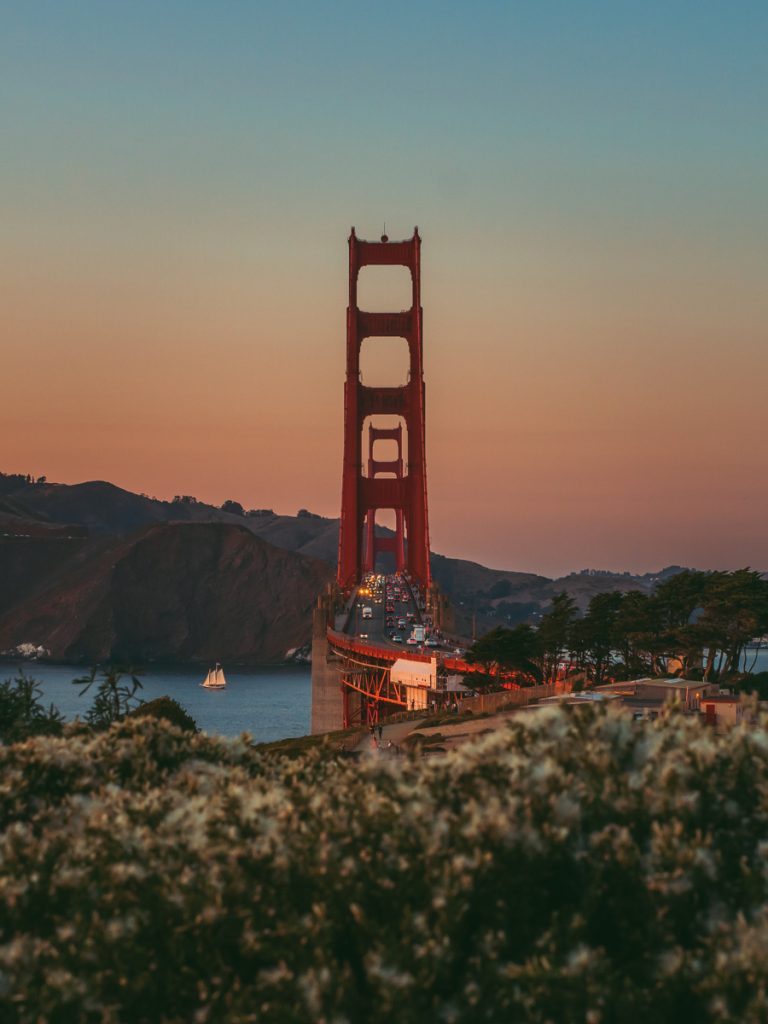
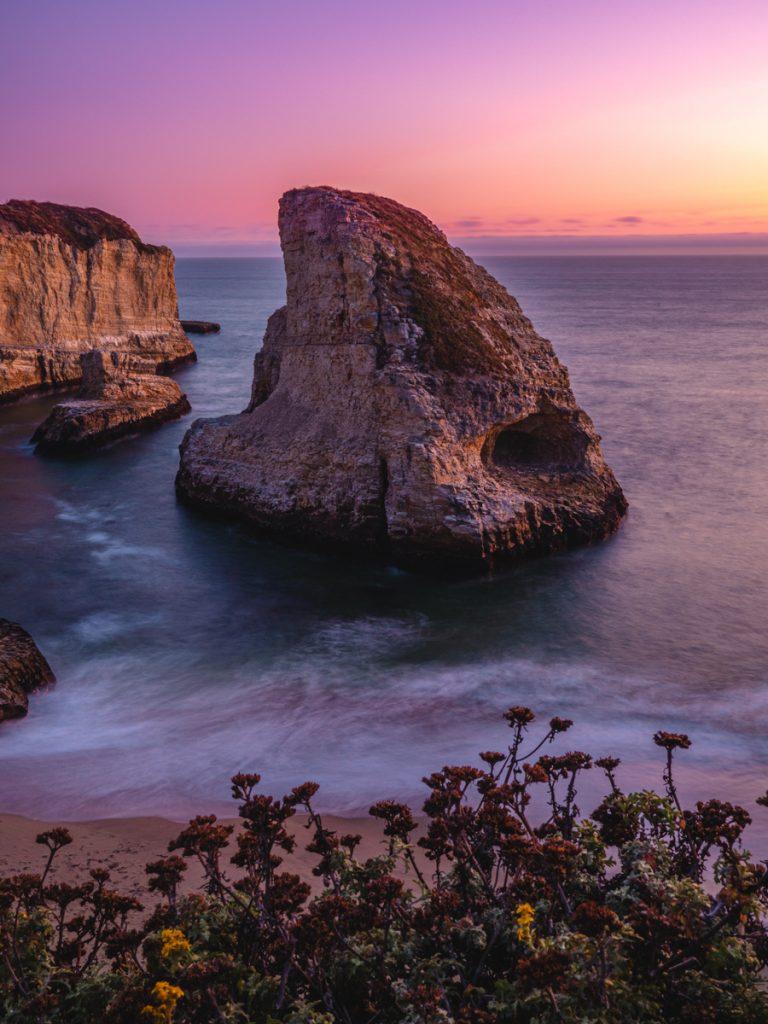
How do you plan your wildlife photography shoots (e.g. research, preparation, etc.)?
It depends on the scenario. If I happen to arrive at a place where certain wildlife resides, I typically just go out into the wildness and observe, learn and see what I find. Speaking with locals always helps, too. I try to spend more time in the field and less time on the computer.
If I am planning a trip or a shoot, then I will invest time into researching. I watch videos and read articles to understand the animal’s behaviour, time of year/day when you can see them, how they feed, and their relationship with their young. I’ll also observe other photographers’ work to gain inspiration.
Read more: How to Prepare for a Photography Trip
What is your most memorable/favorite experience when photographing wildlife?
My most memorable trip would be spending a week in the Kenyan National Parks of Amboseli and Tsavo. It was my first taste of African nature, and any nature outside of Europe, really. Those 5 days watching a family of wild elephants walk towards Mount Kilimanjaro as the sun set, or lioness with her young will stick with me forever. They probably contributed to the start of my wildlife photography journey.
What are 3 challenges that you face in wildlife photography? How do you overcome them?
- Patience – I’m unfortunately a very impatient person so that’s a constant skill I need to develop. I’ve actually turned my hikes and time in the wildness into my time to meditate. So, I’m learning to enjoy and appreciate the long moments of peace and quiet in the wild.
- Pressure – There is so much pressure to come away from a trip or a hike with a shot that is worthy of an audience. I’ve been shifting my mindset lately to come away from a trip or a hike with appreciation and joy of the experience itself. And if I get a good shot, that’s the icing on the cake.
- Unpredictability – This requires patience and is where the pressure comes from. You really don’t know what you are going to get with wildlife. And really, the only thing to do is to spend as much time in the field as possible.
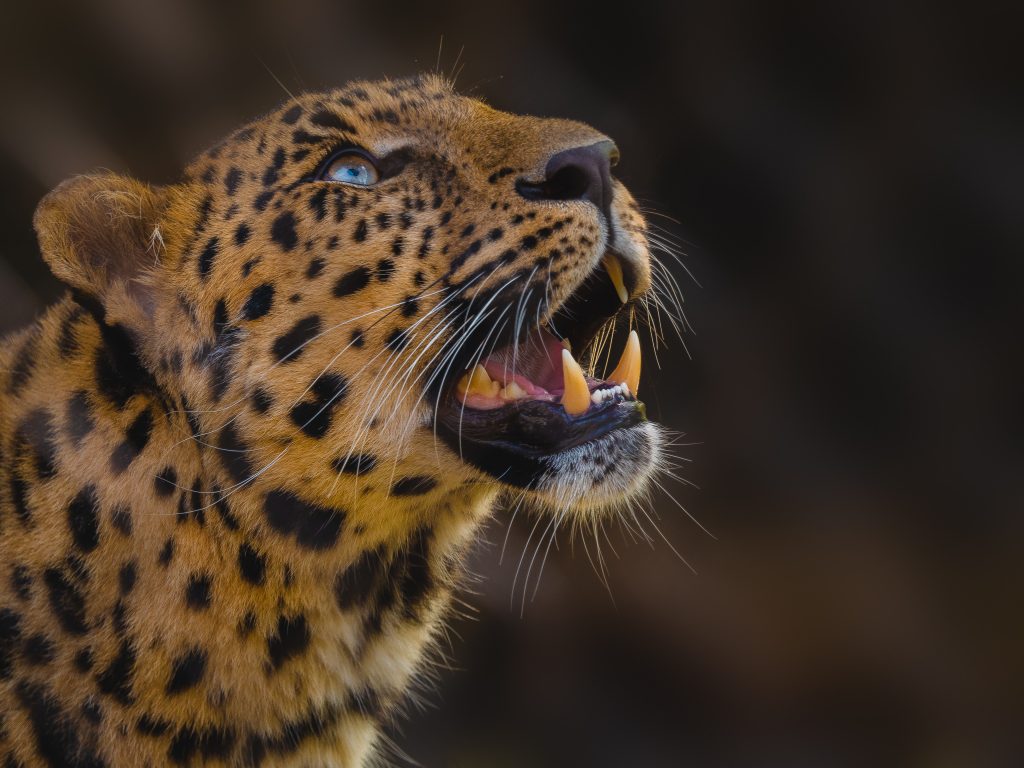
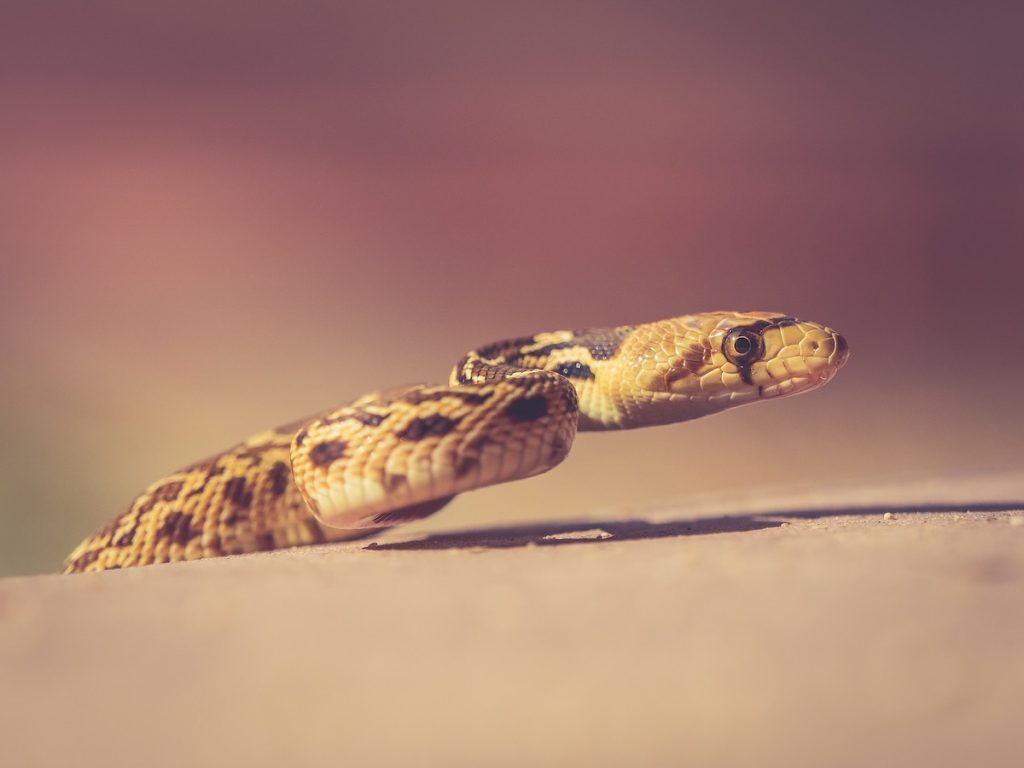
Do you have any philosophies, morals, principles, or personal beliefs when it comes to wildlife photography?
I think it’s our responsibility as wildlife photographers and lovers to lead by example. The search for a perfect shot should never come before the health and wellbeing of a wild animal and their surroundings.
Read more: 20 Ways to Photograph Wildlife Ethically
What is your favorite wildlife photo? What is its backstory?
It would have to be this photo of a baby mountain goat hiding behind her Mum high in the mountains of Mt. Ellinor of Washington, USA.
Last year I hiked up Mt. Ellinor. Whilst short in length, it’s a high climb. Once we made it to the top, the weather got the better of us. There was a carpet of fog that separated our gaze from the mountain top to the valley floor.
One of my simple pleasures on hiking trips is my ham, cheese and mayo sandwiches. It’s so basic but I look forward to it every time. On the mountain top, I took a little walk to find myself a private spot to eat my lunch and enjoy some solitude. All of sudden, I spotted this mountain goat and her young hopping over rocks in my direction. I think I actually dropped my sandwich at the time and grabbed my camera. I didn’t move, just watched for a good 20 minutes whilst they went about their business and hopped from rock to rock with such ease and grace.
So, this photo is my favourite for two reasons. For one, I just love the moment of the young goat peeking round the mother to see what strange creature sat before them. Secondly, it transports me back to the moment of pure wildness bliss.
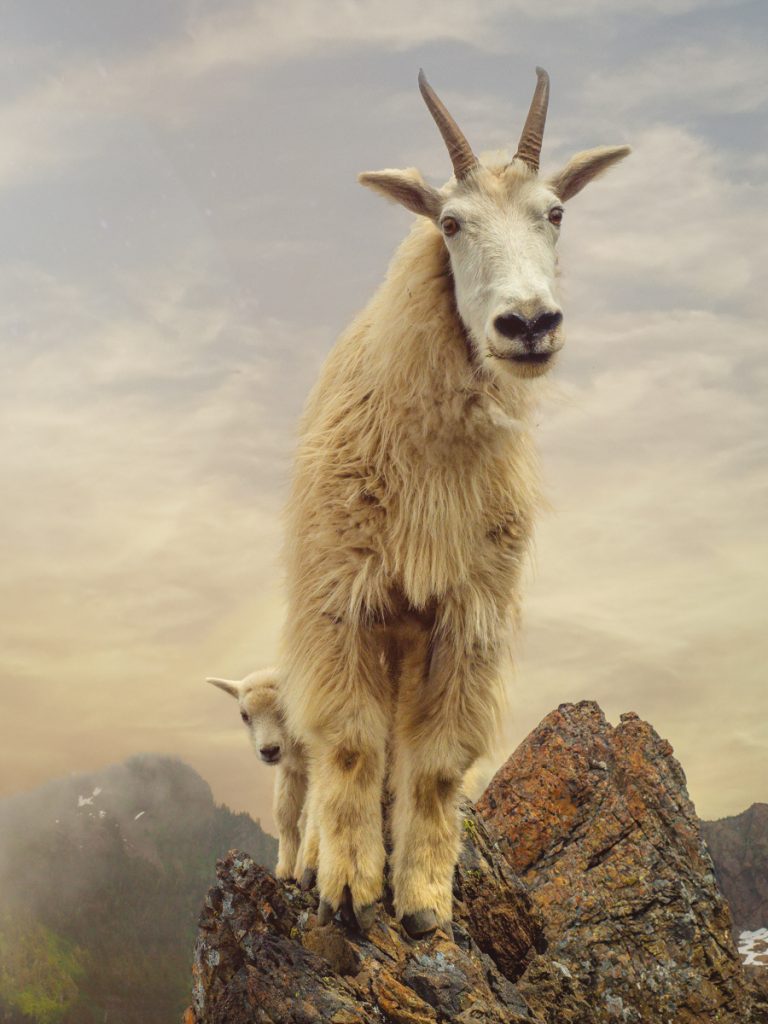
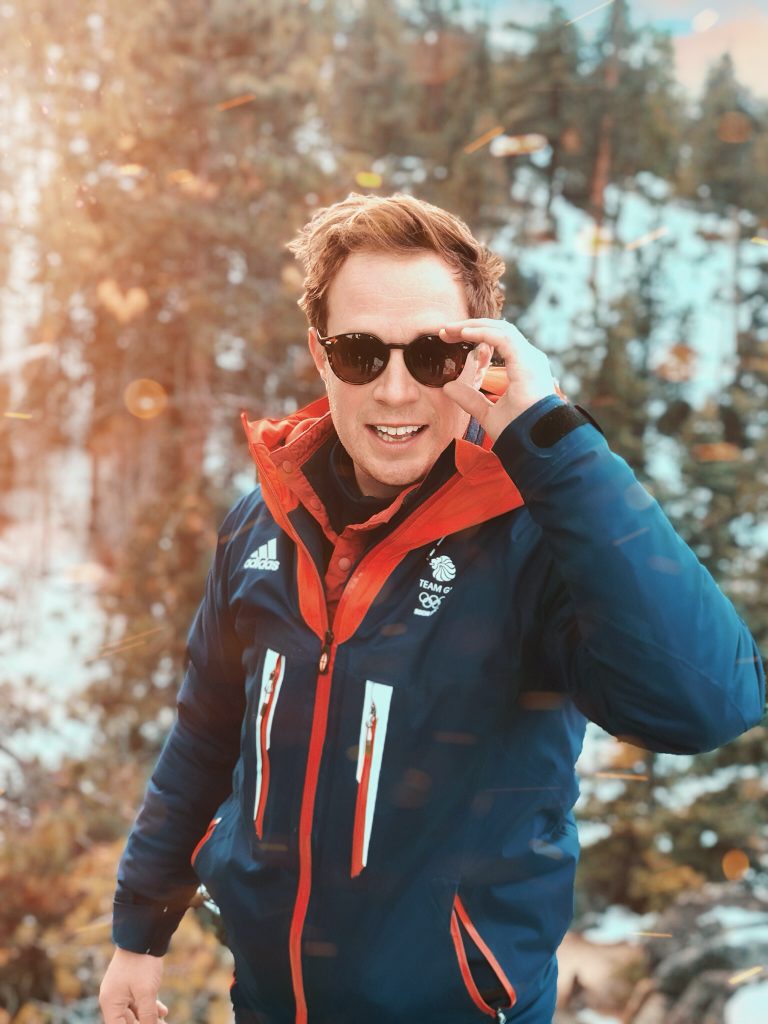
Besides photography, you’re also involved in nature conservation. Why does nature conservation matter to you?
Can you tell us a little bit more about a project you’ve worked on?
Any upcoming projects for this year that you’re excited about?
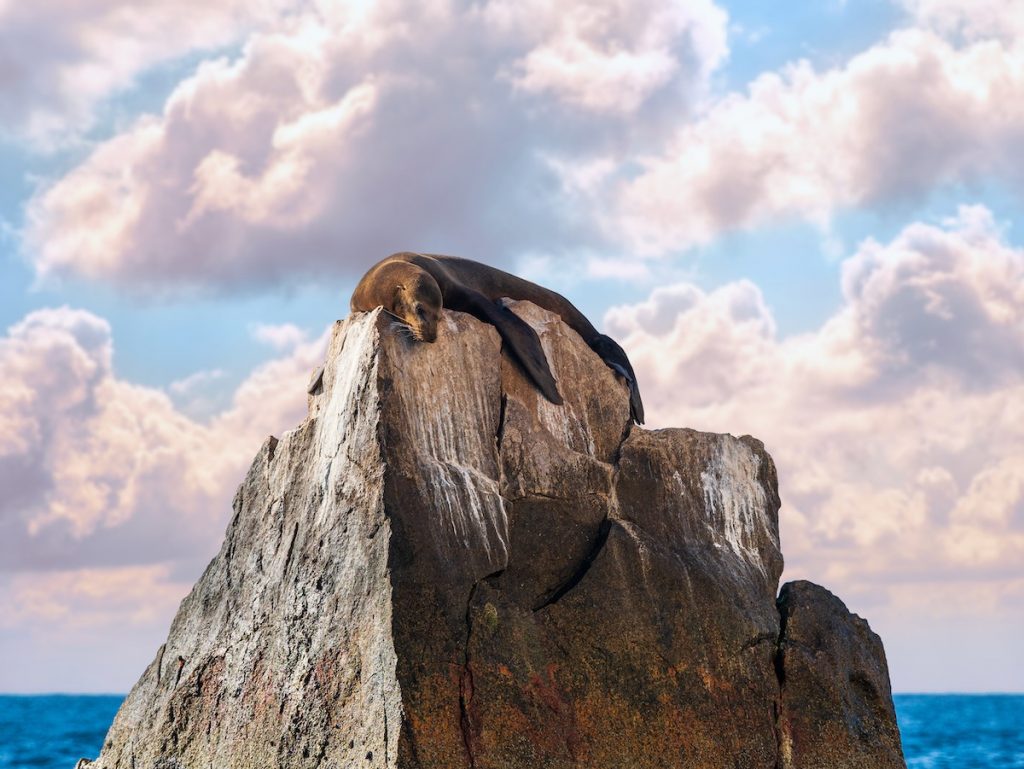
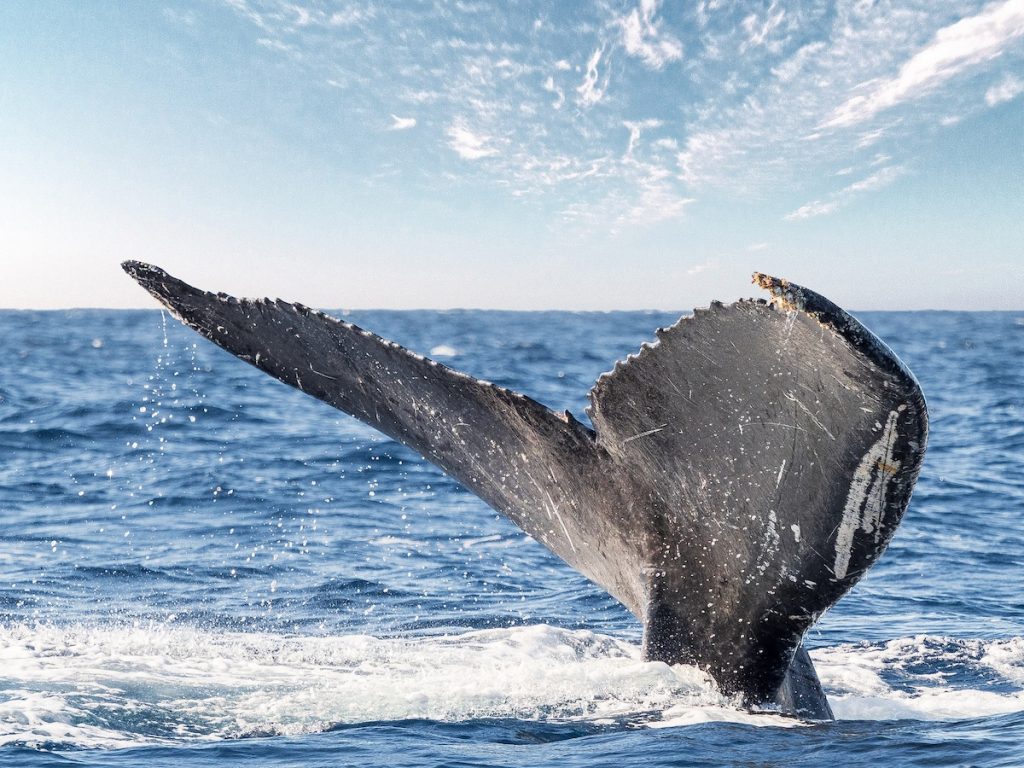
Where do you get your inspiration from? Do you have any photographers that you admire?
With COVID-19 providing more spare time than I am used to, I have discovered two photographers on YouTube that have really inspired me recently in my two favourite areas of photography.
Morten Hilmer is an incredibly talented and humble wildlife photographer from Denmark
And Nigel Danson, who is also an incredibly talented photographer in the landscape space. He shares such genuine and passionate insight into his creative process and favourite locations with his dog in tow
